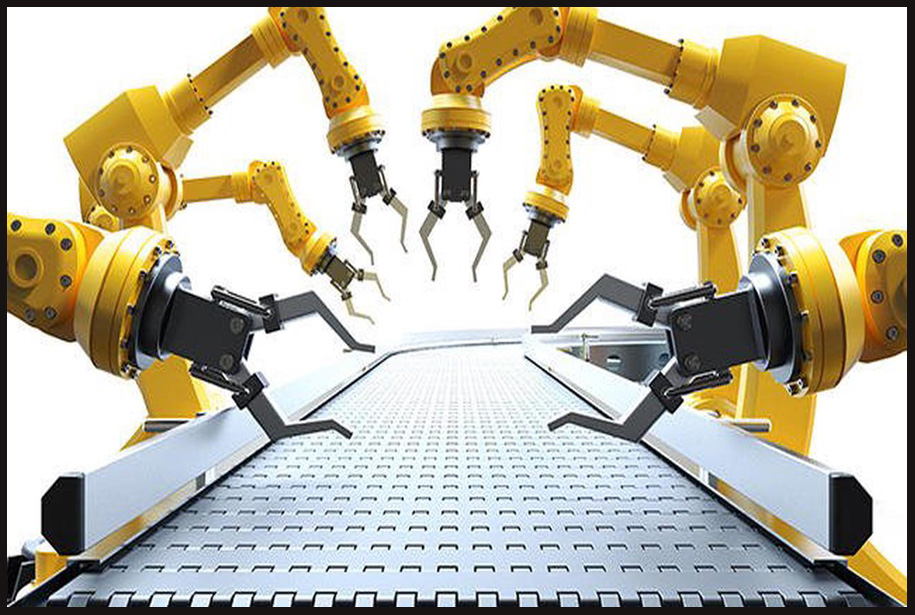The robot end effector market is anticipated to grow to USD 4.4 billion by 2026 from USD 1.9 billion in 2021, at a CAGR of 18.8% from (2021-2026).
The request has a promising growth eventuality due to several driving factors including, the growing demand for modular end effectors due to their cost effectiveness associated with redesigning; relinquishment of collaborative robots in heavy and non-heavy industries due to strong creation of industry automation principles similar to Industry 4.0; and enterprise by governments and public-private companies to alleviate COVID- 19 impact.
Growing adoption of collaborative robots (cobots) due to their benefits and features
Due to the fast-changing nature of industries, the demand for cooperative end effectors is adding. This script is observed in the consumer goods assiduity, specifically packaging, where the shape, size, face, or weight of the packaging is constantly changing. A collaborative robot or a cobot is a system that’s designed to work alongside humans in a participated workspace in discrepancy to typical artificial robots operating autonomously.
It’s a fairly new concept that was first drafted and initiated in 1994 and has been innovated for factual use only in the last decade. The collaborative robot is anticipated to witness a high CAGR of42.8 between 2021 and 2026, with the presence across every major assiduity from automotive and electrical & electronics industries to pharmaceutical & cosmetics and F&B industries.
High cost of deployment of artificial robots for SMEs
Unlike large-scale diligence similar to automotive or electronics manufacturing, utmost SMEs have a low threshold for capital expenditure. They also have a low-threat appetite and have limited time before they start generating returns on their investment.
The operations are veritably specific and are on a case-by-case base. A glass manufacturing company, Saint- Gobain (France), demanded to automate a glass polishing process that was done by hand. Robotic programmed its necklace detector that mimicked the hand movements and pressure applied by a factual person and successfully automated the process.
Growing demand for electric grippers
In the electrical & electronics and pharmaceutical & cosmetics diligence, where robots are installed in cleanrooms or any other position with controlled atmospheric conditions, curvaceous systems are avoided due to the threat of air impurity. Electric grippers address numerous of the failings presented by other grippers. A single electrical gripper can handle a wide variety of corridors. Since they’re electric, they also offer positional feedback and can shoot the status of the operation, similar to jaw position, speed, or grip discovery, to the control unit.
Interoperability issues and difficulty in integration of different robotic frames with being installations
Interoperability is a veritably important function in any plant or manufacturing unit. There must live a 3Dlar frame for both tackle and software to connect and coordinate colorful end effector systems.
The focus isn’t only on the software side, which is used for programming, diagnosing, and monitoring but also on the interchangeability of tackle between the end effector and robot arm.
There have been cases in the assiduity where a customer has bought a robot arm. an end effector independently that weren’t completely compatible with each other, and the setup was a huge challenge from the onset.
It’s presently common in the assiduity to switch end effectormid-cycle to accommodate different corridors similar to vision systems or relief of the end effector, owing to better performance- cost rate. It’s the part of the integrator, rather than the manufacturer or end stoner, to decide on the perpetration and set up of the end effector.
Interoperability issues, thus, present a big challenge for SMEs due to their unique conditions and lack of labor force to set up a complex robotization setup. Companies have now started to apply draw-and-play functionality in numerous of their robots to minimize interoperability issues in both software and tackle situations.



